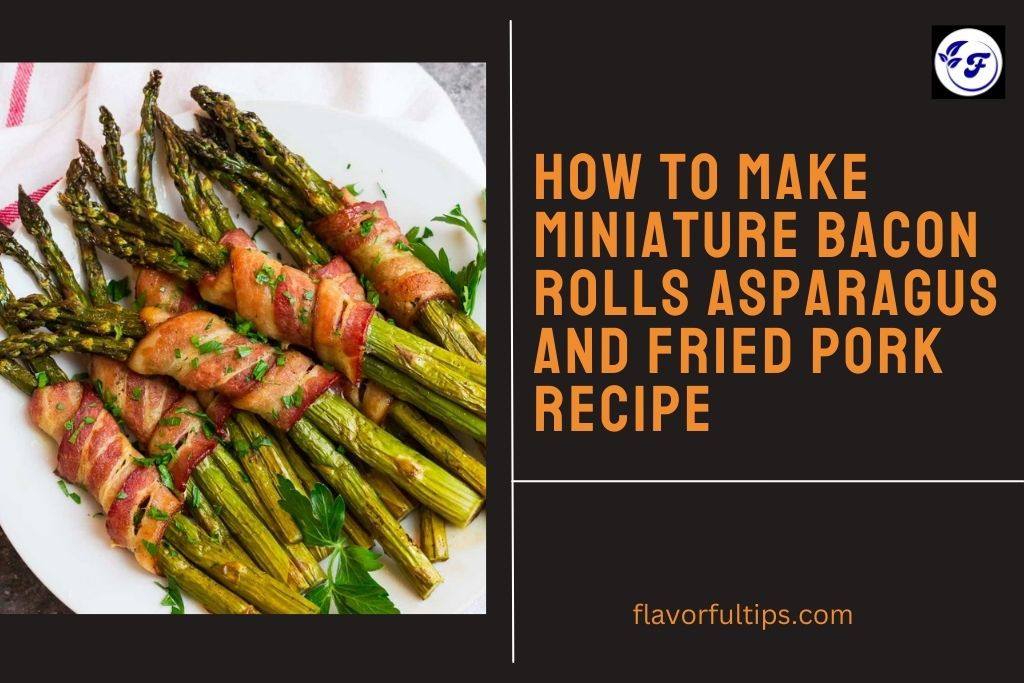Cooking a perfect pot of rice can be a culinary triumph, but it’s equally important to know how to cool it properly. Cooling rice might seem like a simple task, but it’s crucial for food safety and preventing the rice from becoming mushy or clumping together. One effective method for cooling rice is the shallow pan method. In this blog, we’ll take you through the process step by step, ensuring that your rice turns out fluffy and safe to eat. Let’s check how do you cool a pot of rice using the shallow pan method.
Understanding the Shallow Pan Method
Before we dive into the details, let’s understand what the shallow pan method is and why it’s a go-to technique for cooling rice.
The shallow pan method involves spreading freshly cooked rice in a thin layer in a shallow pan to facilitate rapid cooling. This method is favored because it allows for even cooling, preventing the rice from getting overcooked or clumping together.
Materials You’ll Need
Before you start, gather the following materials:
- A shallow pan: Choose a wide, shallow pan or baking sheet. A rimmed sheet pan or a large, flat-bottomed dish will work well.
- Hot, freshly cooked rice: Ensure your rice is piping hot and straight from the stovetop or rice cooker.
- A spatula or rice paddle: You’ll need this to spread the rice evenly in the pan.
- A timer: To keep track of the cooling time.
- A clean kitchen towel (optional): This can be used to cover the rice for added protection.
| Also Read: Is Tajin Good for Weight Loss? Unveiling the Spicy Truth |
Step-by-Step Guide: How do You Cool a Pot of Rice Using the Shallow Pan Method
Now that you have your materials ready, let’s walk through the process of cooling rice using the shallow pan method.
Step 1: Cook the Rice
Start by cooking your rice using your preferred method, whether it’s on the stovetop, in a rice cooker, or using a different technique. Follow the recommended measurements and instructions for your specific type of rice.
Step 2: Prepare the Shallow Pan
While the rice is cooking, choose the shallow pan you’ll be using for cooling. Make sure it’s clean and sanitized.
Step 3: Transfer the Hot Rice
Once your rice is ready, use a spatula or rice paddle to carefully transfer it from the cooking pot or rice cooker to the shallow pan. Be cautious (for how do you cool a pot of rice using the shallow pan method), as the rice will be very hot.
Step 4: Spread the Rice Evenly
With your spatula or rice paddle, spread the hot rice evenly across the bottom of the shallow pan. Try to create a thin, uniform layer. This allows for better heat dissipation and quicker cooling.
Step 5: Allow the Rice to Cool
Place the shallow pan with the spread-out rice in a cool, well-ventilated area, away from direct sunlight and heat sources. Leave the rice uncovered to encourage heat to escape.
Set a timer for approximately 30 minutes. This is a general guideline, and cooling time may vary based on factors like room temperature and humidity. The goal is to bring the rice’s temperature down to at least room temperature.
Optionally, you can cover the rice with a clean kitchen towel to protect it from dust and airborne contaminants.
Factors to Consider for How do You Cool a Pot of Rice Using the Shallow Pan Method
As you embark on the rice cooling journey, consider the following factors to achieve the best results:
- Room Temperature and Humidity: Room temperature and humidity levels can significantly impact the cooling process. Warmer, more humid environments may require longer cooking times. Aim for a room temperature of around 70°F (21°C) for optimal results.
- Food Safety Concerns: When cooling rice, it’s crucial to minimize the time it spends in the temperature danger zone (40°F to 140°F or 4°C to 60°C) to prevent bacterial growth. The shallow pan method helps cool the rice quickly, reducing the risk of foodborne illnesses.
Tips for Better Results
For even better results when cooking rice using the shallow pan method, consider the following tips:
- Use Aluminum Pans: Aluminum pans are excellent conductors of heat and can help cool the rice faster.
- Avoid Overcrowding: If you’re cooling a large batch of rice, consider using multiple shallow pans to ensure even cooling.
- Fluff the Rice: After the rice has cooled, use a fork to fluff it up. This will help prevent clumping and ensure a light, airy texture.
Common Mistakes to Avoid
To prevent mishaps during the rice cooling process, steer clear of these common mistakes:
- Overcrowding the Pan: Spreading the rice too thickly in the pan can slow down the cooling process. Aim for a thin, even layer for how do you cool a pot of rice using the shallow pan method.
- Leaving Rice Uncovered: Failing to cover the rice with a clean towel can expose it to dust and contaminants.
- Placing the Pan in the Wrong Location: Avoid setting the pan near heat sources like stovetops, ovens, or sunny windows, as this can affect the cooling time.
Safety Precautions
Handling hot rice safely is essential to prevent burns and foodborne illnesses. Follow these safety precautions while considering how do you cool a pot of rice using the shallow pan method:
- Use oven mitts or potholders when transferring hot rice.
- Keep children and pets away from the hot rice and the cooling area.
- Wash your hands thoroughly before and after handling cooked rice.
- Store any leftover rice in the refrigerator within two hours to prevent bacterial growth.
Conclusion
Hope you understand the key points for how do you cool a pot of rice using the shallow pan method. The shallow pan method is a simple yet effective way to cool a pot of rice properly.
By following these step-by-step instructions and considering important factors like room temperature and food safety, you can ensure your rice turns out fluffy, safe to eat, and ready to be enjoyed as part of your favorite dishes.
Whether you’re preparing a meal for yourself or for a crowd, mastering this method is a valuable kitchen skill that will elevate your culinary repertoire. Happy cooking and cooling!



